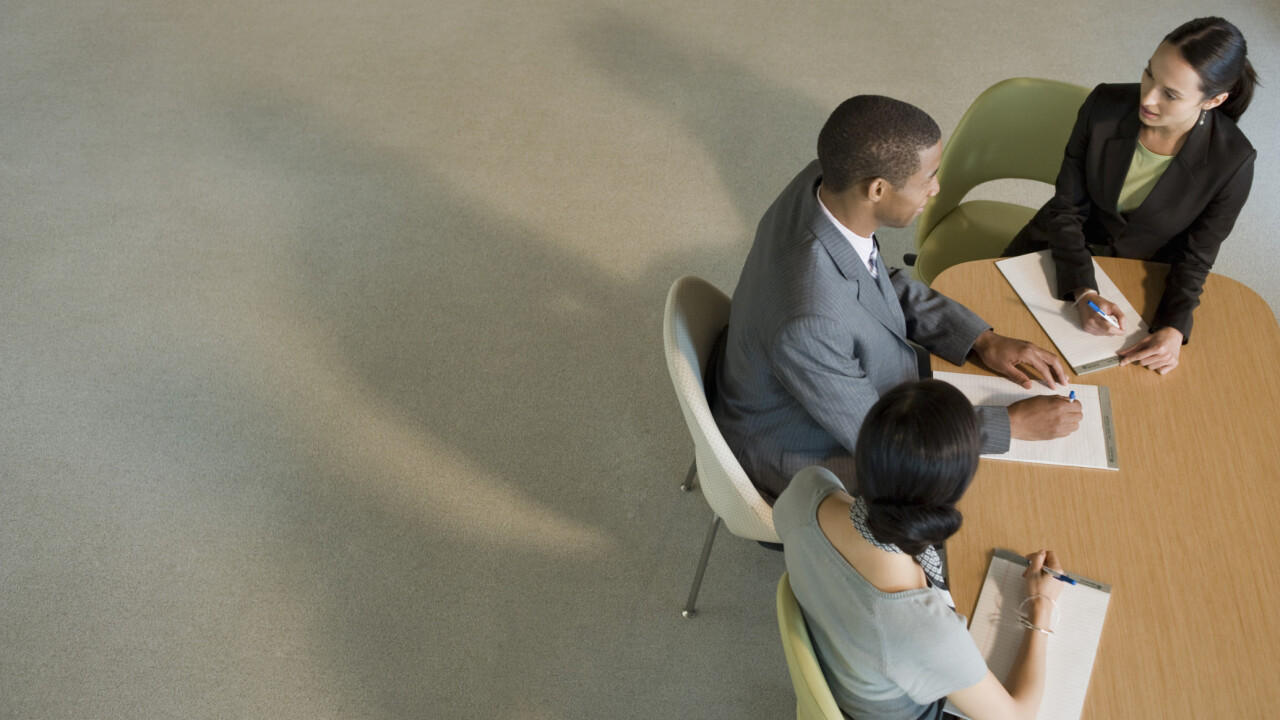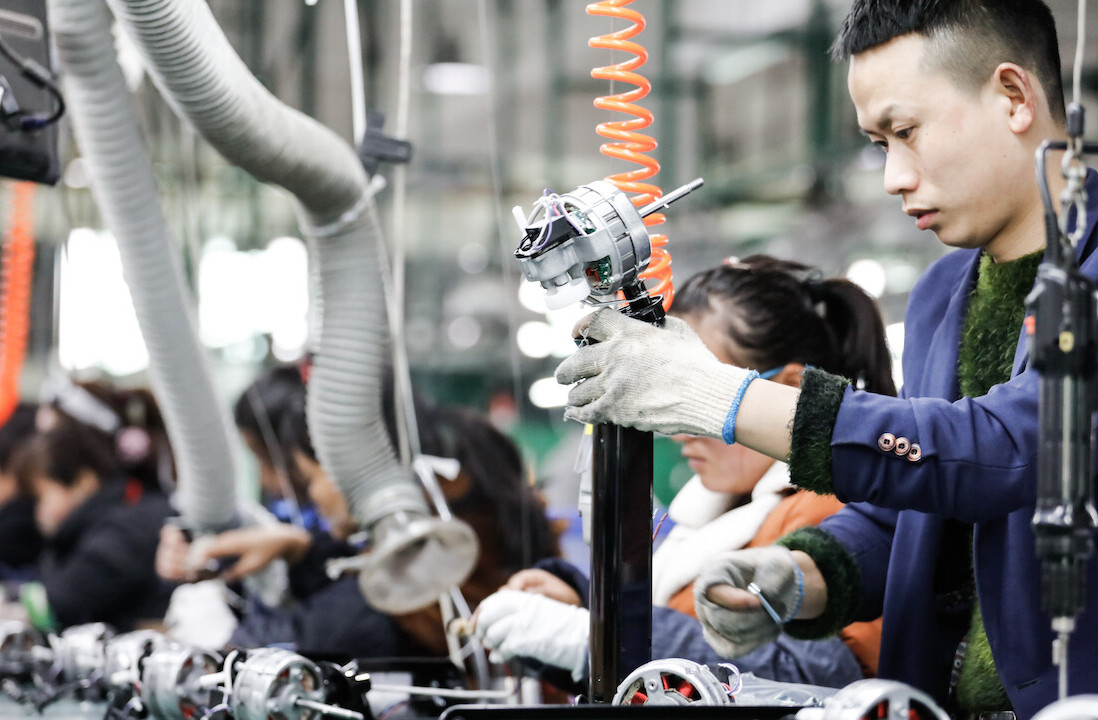
Ilya Pozin is the founder of Open Me and Ciplex, and is a columnist for Inc, Forbes, and LinkedIn.
Is your open office floorplan killing your employees? A recent article in The New Yorker took a hard-hitting look at the open office trend to take stock if the concept was a good or bad idea.
The findings, culled from various research studies, don’t look great for the open office as a paragon of productivity.
But should we throw out the open office baby with the noisy bathwater? Let’s take a look at some reasons companies — startups in particular — love the open office, why they might want to reconsider this love affair, and how to strike the right balance.
Open offices foster collaboration
Currently, about 70 percent of all offices have an open floor plan. The number is probably much higher for startup companies which thrive on the ability of workers to collaborate and develop ideas together.
Open offices aren’t all headaches and wasted productivity, or they would have never come into vogue in the first place. The original thinking behind the layout posited that open spaces would foster more collaboration between workers.
In busy, hectic startups, it can be nice for the whole team to be completely accessible. It can also lend itself to the flat corporate structure preferred by many startups, including my company Ciplex.
A 2007 report titled “A Model of Satisfaction with Open-Plan Office Conditions” studied 779 open office floorplans and found employees were more satisfied with their jobs and work environment. Another study, a three-year research project conducted by UCLA, found open offices lead to a performance increase of an amazing 440 percent.
Plus, they’re great for Millennial workers, since this age group has been proven to crave mentorship. Thanks to increased social collaboration, open office floor plans increase transparency and improve company culture.
Of course, there are downsides…
Open offices hurt productivity
Collaboration, mentorship, and transparency all sound great right? Sign me up! The problem with open office floor plans is they can kill your team’s productivity.
Organizational psychologist Matthew Davis found open offices could be damaging to worker’s productivity, attention spans, creative thinking, and overall satisfaction.
The noise pollution level in open office environments is especially high, meaning it can be harder for your workers to concentrate on their tasks. A study by Cornell University found exposure to high levels of noise in the workplace can trigger increased levels of epinephrine, the hormone involved in the fight or flight response.
The same spirit of collaboration and openness helping your team brainstorm great ideas can backfire when your workers can’t actually get anything accomplished.
How do we strike a balance?
So should you do away with the open office floor plan altogether? Not so fast! The solution is to strike a balance between the collaborative nature of open office floorplans and the privacy afforded by being able to shut people out.
The best way to proceed is to strike a balance between the two, so workers can get things accomplished without leaving collaboration behind:
Compromise
Give workers a mix between open office environments for team collaboration, and quiet spaces where they can focus and work solo.
That’s what they do at RED Interactive Agency, and it’s served the company well. The organization has a combination of office “pods” for teams to work together on projects, balanced with plenty of open spaces. Glass windows on offices and conference rooms allow workers to feel like they never leave the flow of the overall office, while whiteboards help them spark creativity and collaborate in quiet spaces.
Like RED, set up your office with plenty of quiet spaces for meetings and private places where employees can shut the door on noise. If an employee needs peace and quiet to focus, they can find a sanctuary away from all the hustle and bustle. But if they enjoy the chaos, they still have a spot right in the thick of things.
After all, a recent study found 70 decibels of ambient noise can actually help workers sharpen focus and increase productivity.
Invest in furniture to block out the noise
A furniture company called Vitra, recently profiled in Forbes, makes furniture to help block out the noise of an open floor plan office. This includes work bays with sky-high walls, alcove sofas for private meetings, and even chairs to help filter out noise pollution.
Offer telecommuting as an option. Sorry Marissa Mayer, sometimes telecommuting is actually a good option. In this case, allowing your workforce to telecommute at least occasionally might just help you boost productivity while giving employees a much-needed break from office distractions.
According to one recent study, workers who switch from office work to working from home see their stress levels drop by 25 percent. The Bureau of Labor Statistics has even found telecommuting can boost productivity and increase retention.
Even better? It’s also good for your bottom line.
A study by Cisco found the company saved $277 million a year by allowing employees to telecommute.
The open office floor plan doesn’t need to be a nightmare, and it certainly doesn’t need to go the way of the dinosaur. With a few simple fixes, you can strike a balance between fostering collaboration and protecting privacy.
What do you think? Do you hate open offices or see their value? How would you strike a balance between the two? Share in the comments!
Get the TNW newsletter
Get the most important tech news in your inbox each week.





